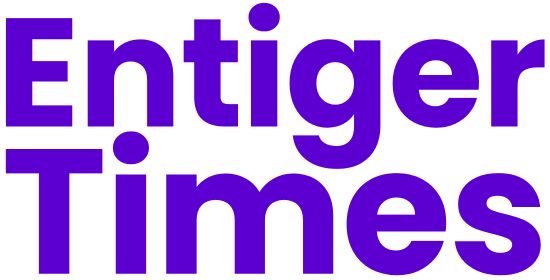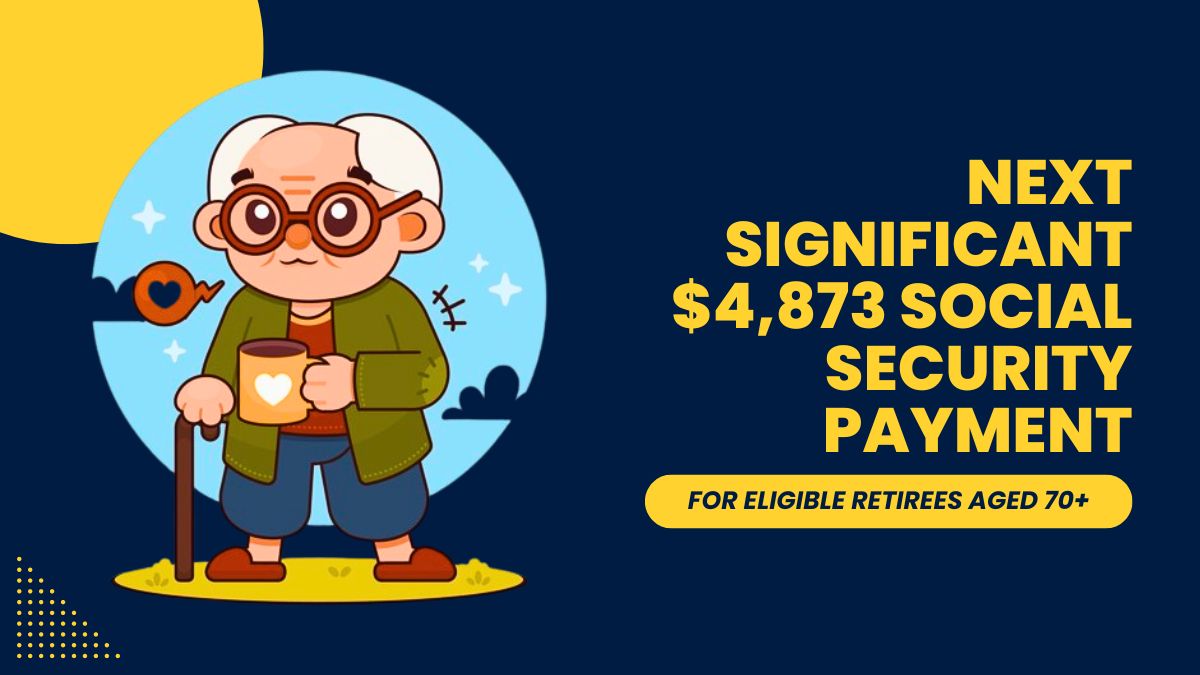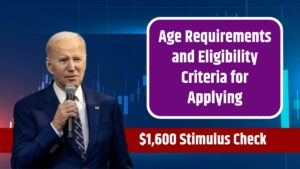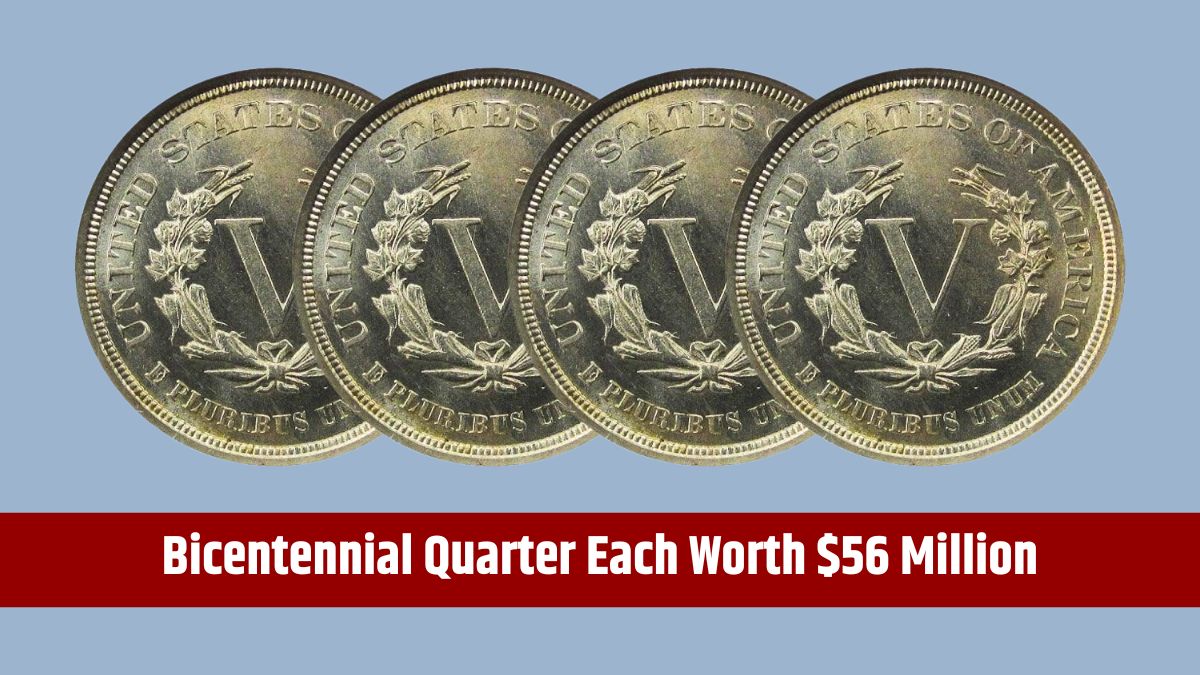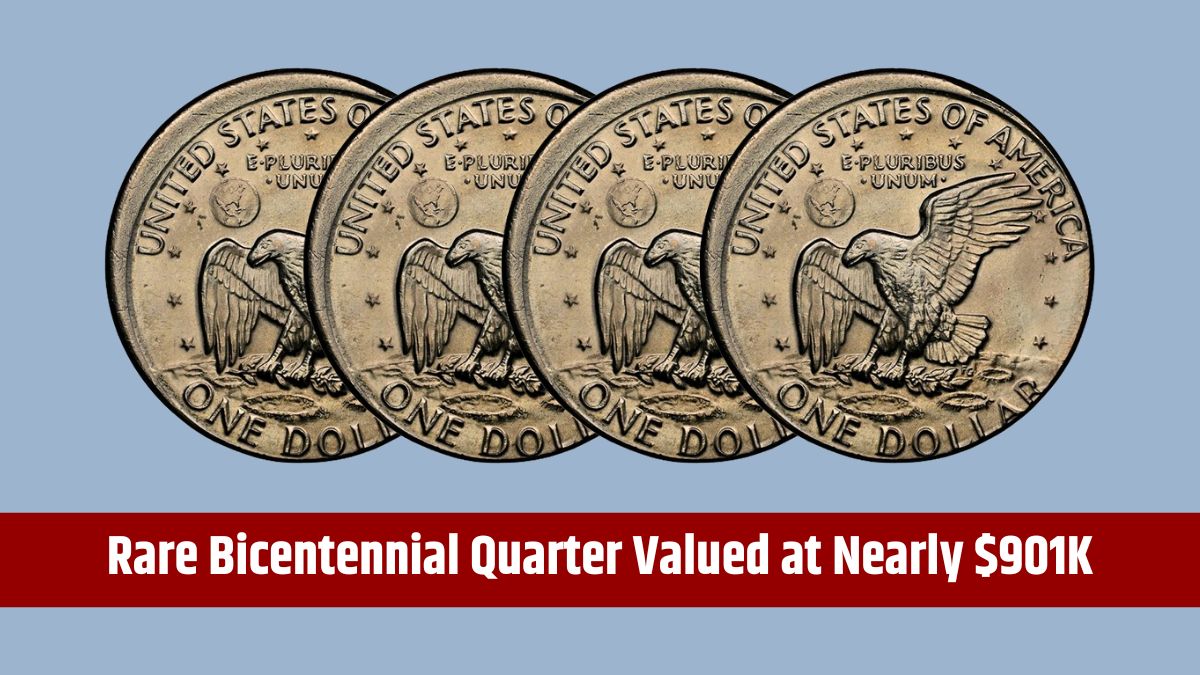Retirees aged 70 can potentially receive the highest Social Security payments in 2024, with amounts reaching up to $4,873 per month. However, qualifying for this maximum benefit requires meeting several stringent criteria, including a long work history and consistent earnings at the taxable maximum.
In this article, we’ll look into how you can maximize your Social Security benefits, key payment dates in August 2024, and additional financial support options if your benefits are lower than expected.
Contents
- 1 Maximizing Benefits
- 2 Key Payment Dates
- 3 Average Social Security Payments
- 4 Supplemental Financial Support
- 4.1 Social Security Maximum Benefit for Full Retirement Age Workers – Changes Following the 2025 COLA Increase
- 4.2 FAQs
- 4.3 Who qualifies for the $4,873 Social Security payment?
- 4.4 When is the next Social Security payment in August 2024?
- 4.5 What is the average Social Security payment?
- 4.6 Can I receive Social Security and SSI benefits?
- 4.7 Who doesn’t qualify for the August 21 payment?
Maximizing Benefits
Turning 70 is a significant milestone for Social Security recipients, as it marks the age at which you can receive the highest possible monthly benefit. If you’ve delayed claiming Social Security until age 70 and meet other qualifications, you can secure a payment of up to $4,873 per month. However, this top-tier payment is not easily achieved.
Criteria for Maximum Payment
To qualify for the maximum Social Security benefit, you must have:
- Worked for at least 35 years: Only your highest-earning 35 years count toward your Social Security benefit calculation. If you have fewer than 35 years of earnings, zeros are factored into the average, reducing your benefit.
- Earned the taxable maximum each year: In 2024, the taxable maximum is $168,600. To maximize your benefit, you would need to have earned at least this amount every year for 35 years.
- Paid sufficient Social Security taxes: All of your earnings must have been subject to Social Security taxes. If you worked in jobs not covered by Social Security, those years won’t count toward your benefit calculation.
Exclusions
Certain groups are not eligible for these benefits, regardless of age or work history. For instance, individuals who have been receiving benefits for over 27 years, particularly those who started before May 1997, do not qualify for these large payments. Their benefits follow a different schedule, with payments distributed earlier, on September 3, 2024, instead of later in the month.
Key Payment Dates
Social Security payments are distributed according to a specific schedule based on your birth date. In August 2024, there are two main payment dates to be aware of:
August 21, 2024
This payment date is for retirees who:
- Were born between the 11th and 20th of any month.
- Are aged 62 or older.
- Have not been receiving benefits for over 27 years.
If you meet these criteria, you can expect your Social Security payment to be deposited on August 21.
August 28, 2024
The next payment date is August 28, 2024, and it applies to those who:
- Were born between the 21st and 31st of any month.
- Meet the general eligibility requirements for Social Security payments.
This payment could include the maximum benefit of $4,873 for those aged 70, $3,872 for individuals aged 66 years and 8 months, and $2,710 for those who are 62 years old. These amounts are based on the assumption that the recipients have met all necessary criteria for maximum benefits.
Average Social Security Payments
While the prospect of receiving up to $4,873 per month is appealing, it’s important to note that the average Social Security payment is much lower. As of June 2024, the average payment for all retired workers was $1,918 per month. This amount reflects the reality for most retirees, many of whom may not have reached the taxable maximum or worked the required 35 years at high earnings.
Supplemental Financial Support
If your Social Security payment is lower than expected, you may qualify for additional financial assistance. Programs like Supplemental Security Income (SSI) and SNAP benefits can provide extra support to help cover living expenses.
- SSI: This program offers financial assistance to individuals who have limited income and resources, including those who are elderly or disabled. If your Social Security benefits are low, SSI can supplement your income.
- SNAP: Also known as food stamps, SNAP provides monthly benefits to help eligible individuals and families purchase food. This program can be particularly helpful if a significant portion of your budget goes toward groceries.
Maximizing your Social Security benefits requires careful planning and meeting specific criteria, particularly if you aim to receive the highest possible payment. For those who are unable to reach the maximum benefit, additional programs like SSI and SNAP offer valuable support. As payment dates approach in August 2024, it’s crucial to know your eligibility and the schedule to ensure you receive the benefits you’ve earned.
FAQs
Who qualifies for the $4,873 Social Security payment?
Retirees aged 70 who met the taxable maximum for 35 years.
When is the next Social Security payment in August 2024?
August 21, for those born between the 11th and 20th.
What is the average Social Security payment?
As of June 2024, the average payment is $1,918.
Can I receive Social Security and SSI benefits?
Yes, if your Social Security payment is low, you may qualify for SSI.
Who doesn’t qualify for the August 21 payment?
Those on benefits for over 27 years or receiving Supplemental Security Income (SSI).
